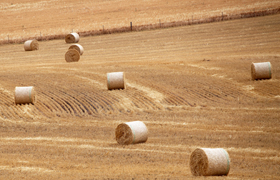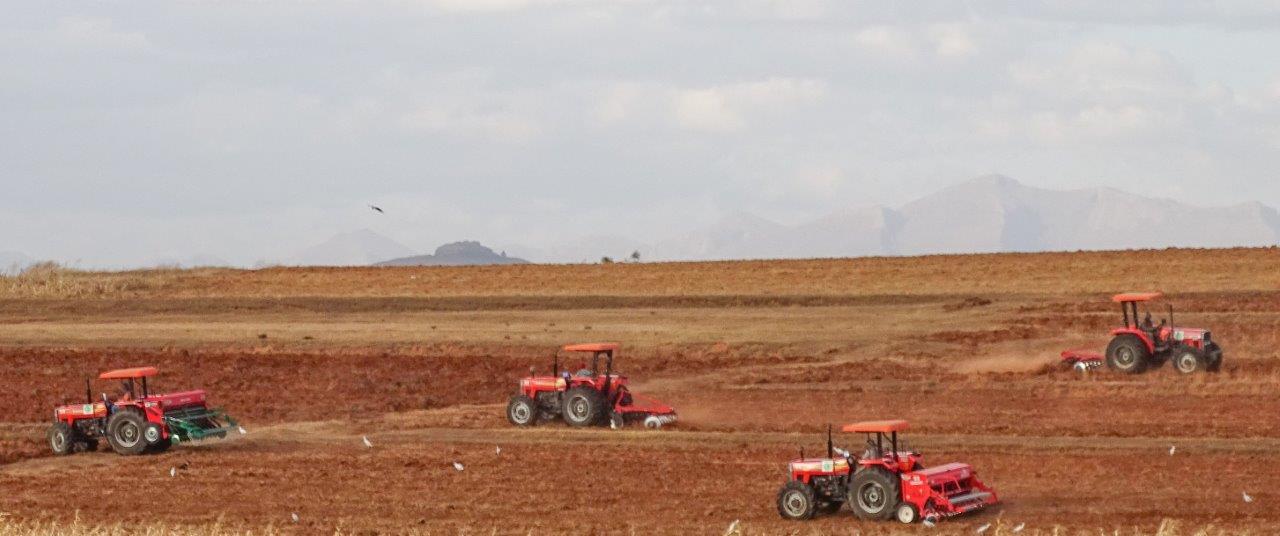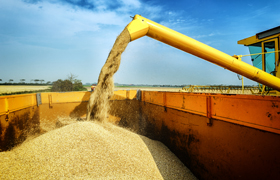Wheat is the most important crop in the world. It's cultivated in 128 countries and is the second most important food crop in the developing world after rice. In sub-Saharan Africa, 14 countries produce wheat; Ethiopia and South Africa are the two main producers, although wheat production is minor compared to other crops. Wheat demands have been growing steadily over the years contributing to large deficits across the region that are currently being filled with import and food aid from developed countries. Many parts of sub-Saharan Africa, however, especially in Eastern and Central Africa, are biophysically suitable for wheat production.
In 2012, African countries will spend about US billion to import some 40 million tons of wheat, particularly for people who live in the rapidly growing cities of Africa. Yet across the continent, which accounts for 15 percent of the global market for wheat, farmers produce only 44 percent of the wheat consumed locally, leaving Africa's growing demand for the crop largely in the hands of global traders.
Though there are a high degree of environmental variations in each country and across the region, based on moisture availability, cropping systems and temperature regimes, the wheat production area in SSA can be divided into two major mega-environments: rain-fed and irrigated. The rain-fed production system exists dominantly during the summer season in the highlands of Eastern Africa (Ethiopia, Eritrea, Kenya, Uganda, Rwanda, Burundi and Tanzania) and South Africa. The irrigated systems, on the other hand, are commonly practiced during the dry winter season in the lowlands of Southern Africa (Zambia, Zimbabwe, Malawi, Madagascar and Mozambique), Western Africa (Nigeria, Senegal and Mali) and in the low lands of Sudan. In South Africa, irrigated wheat is grown during the summer season.
STRAFOR intends to develop commercial Wheat cultivation in both the rain-fed and irrigated production systems with a focus on value addition to the produced wheat, again emphasis being the farm to table concept.



